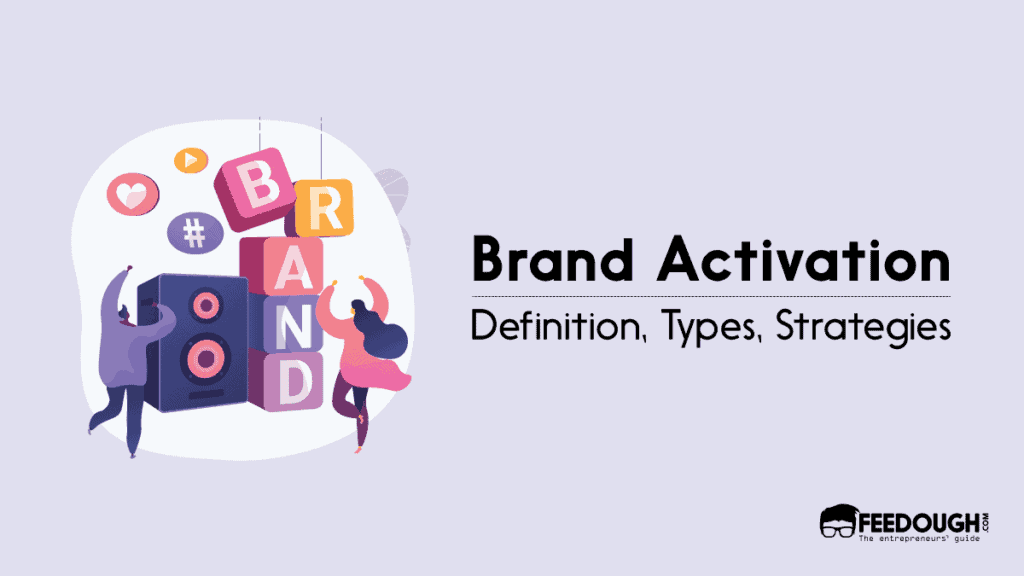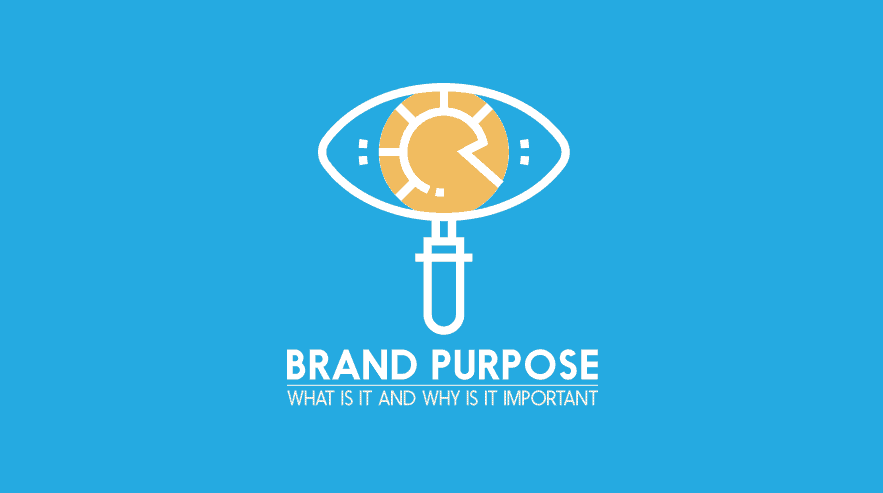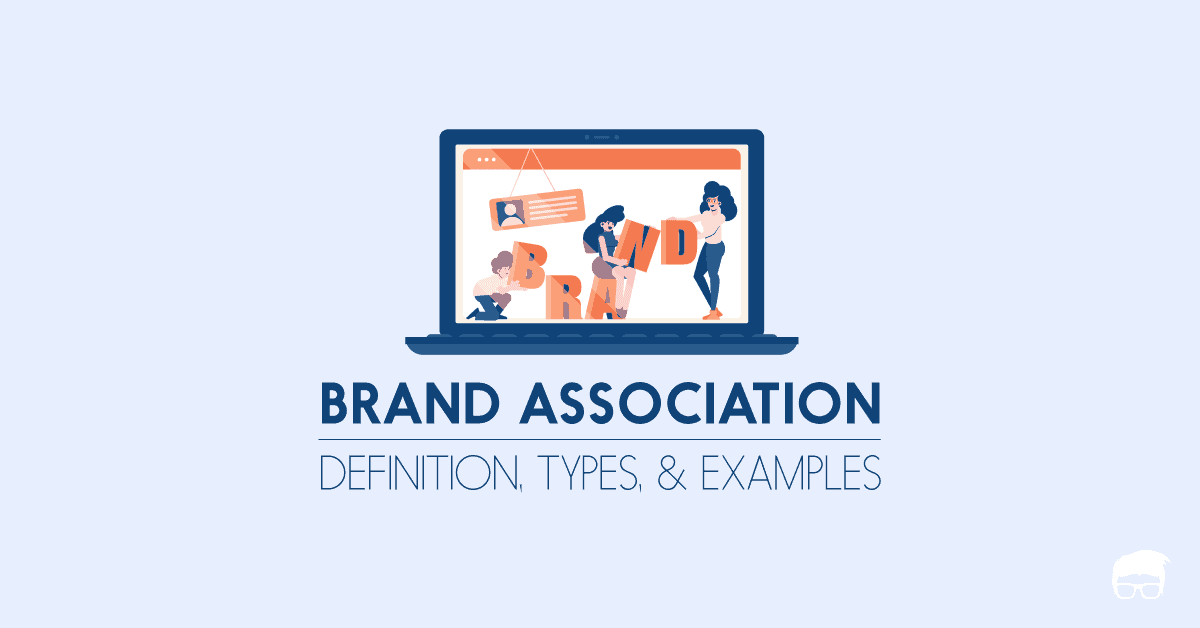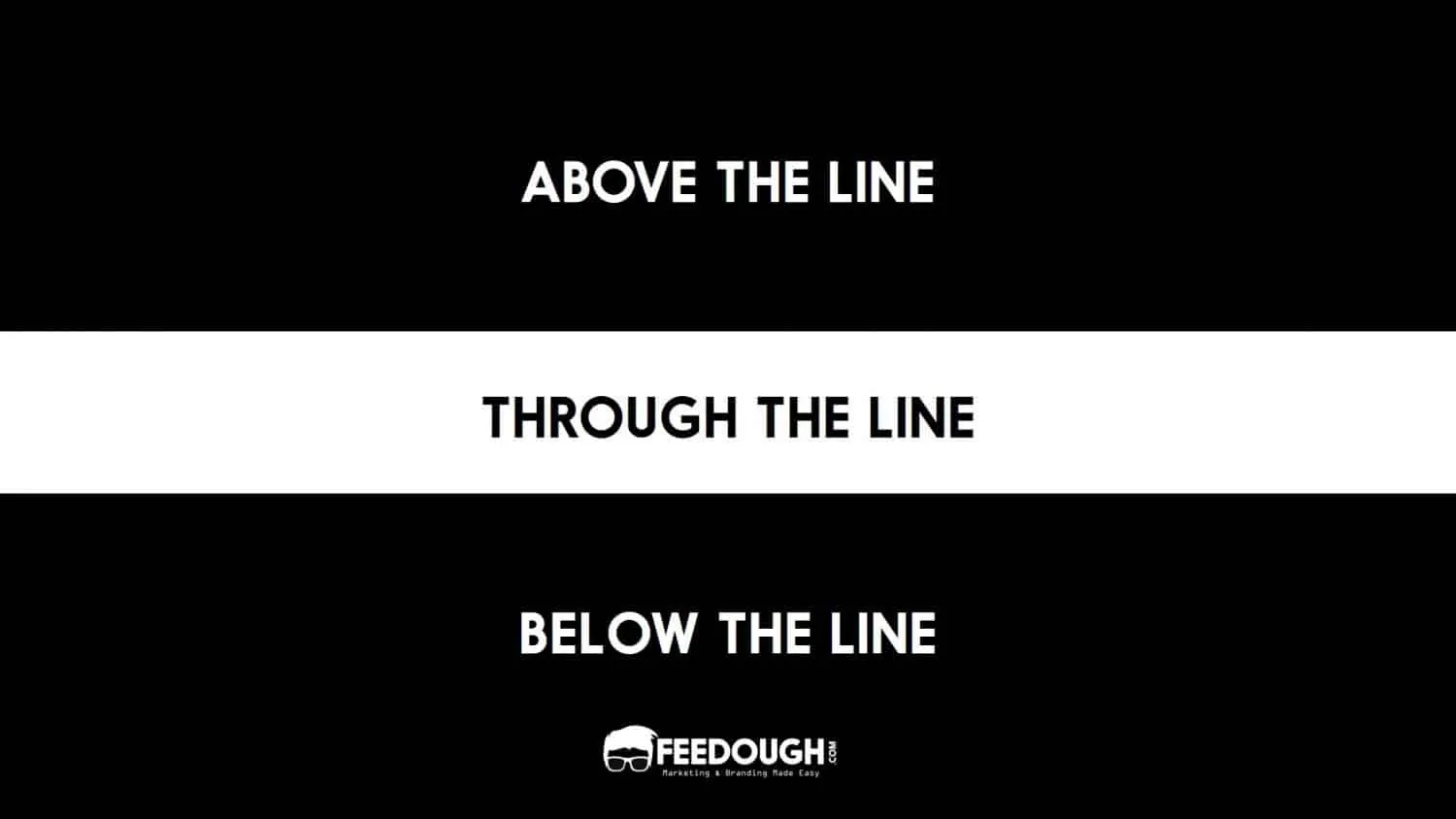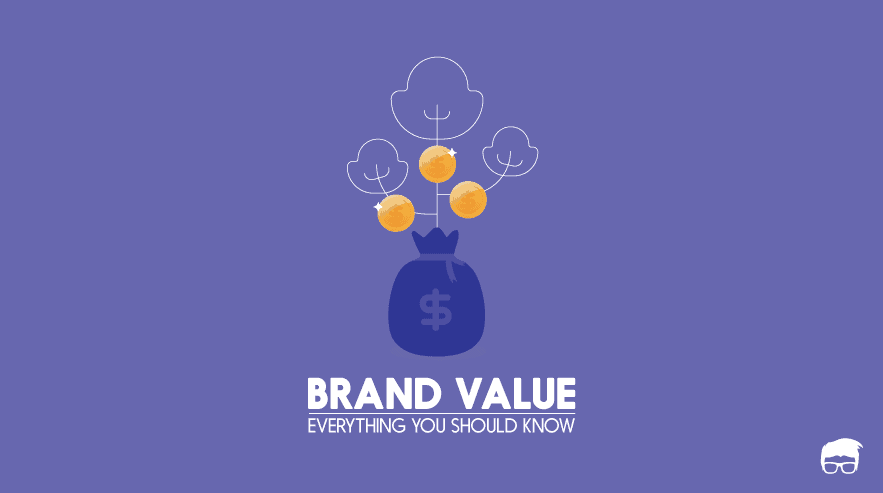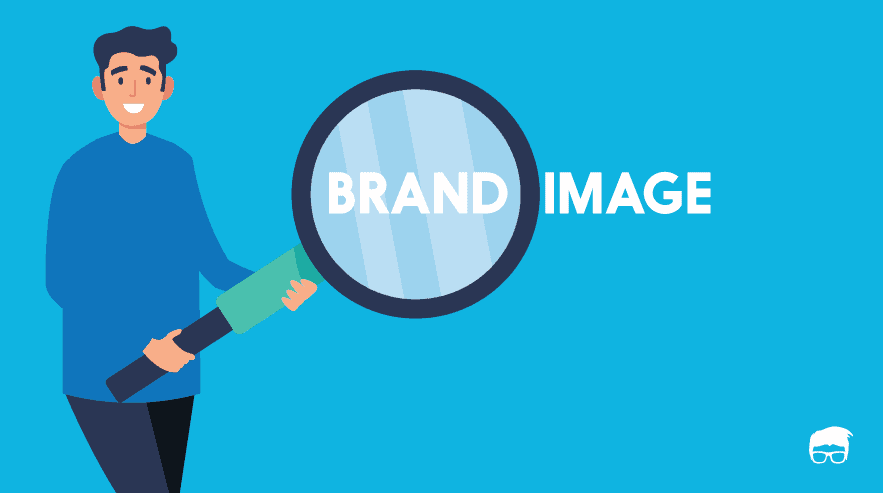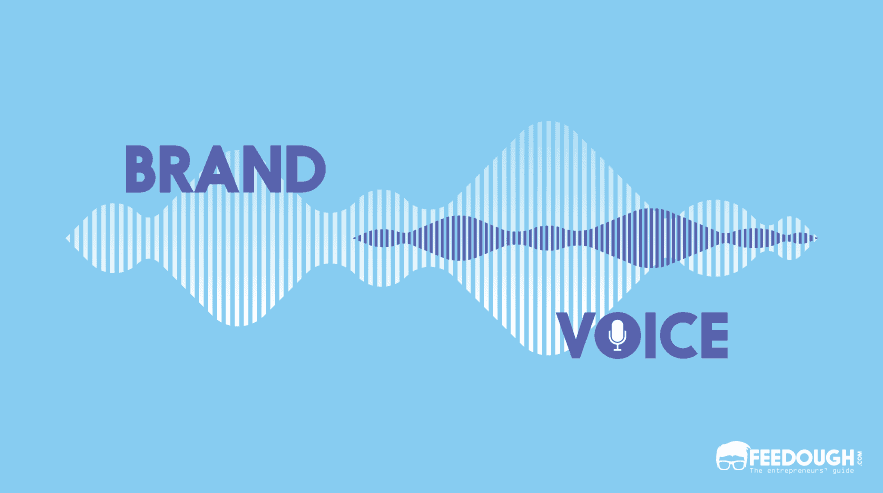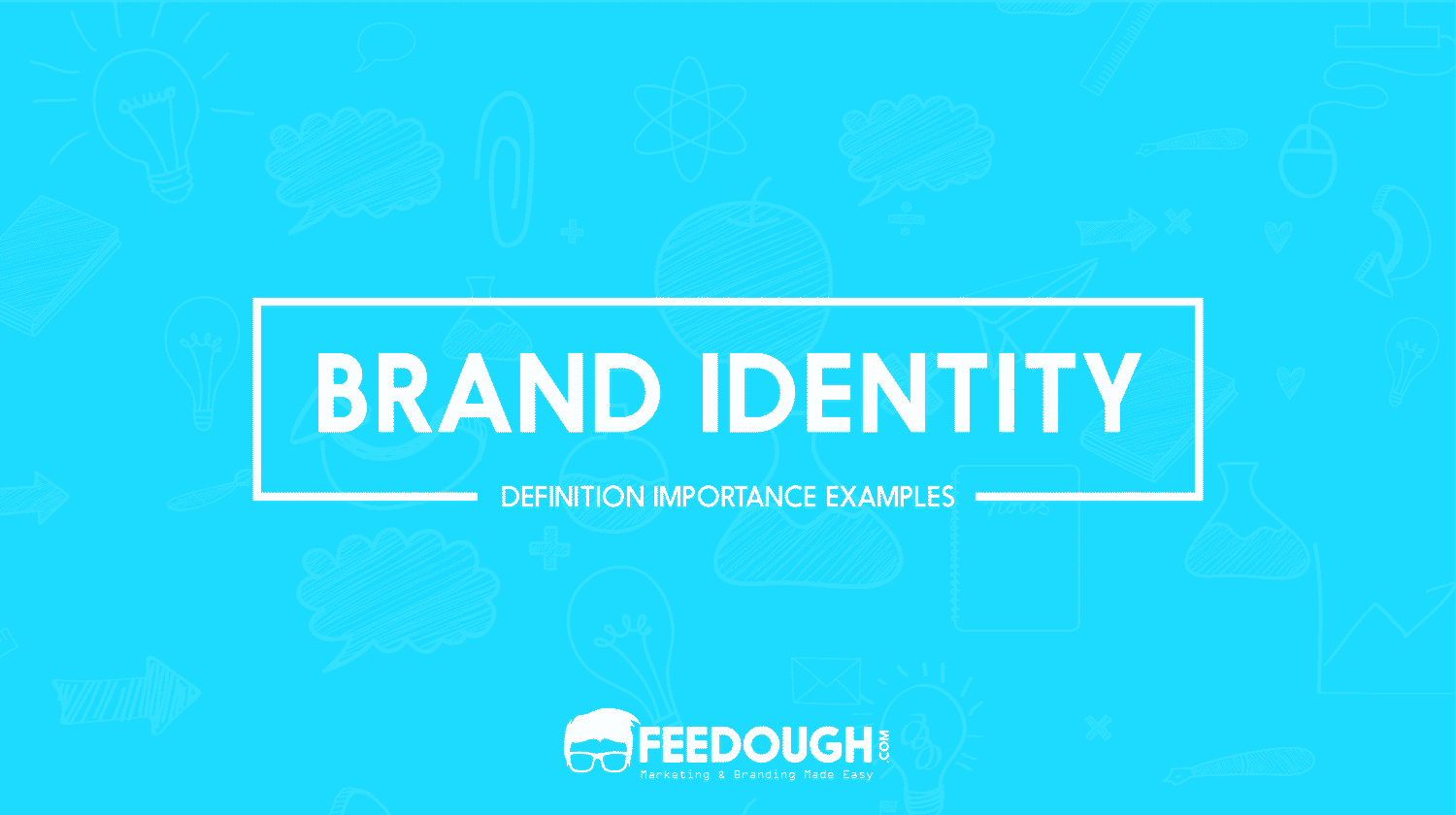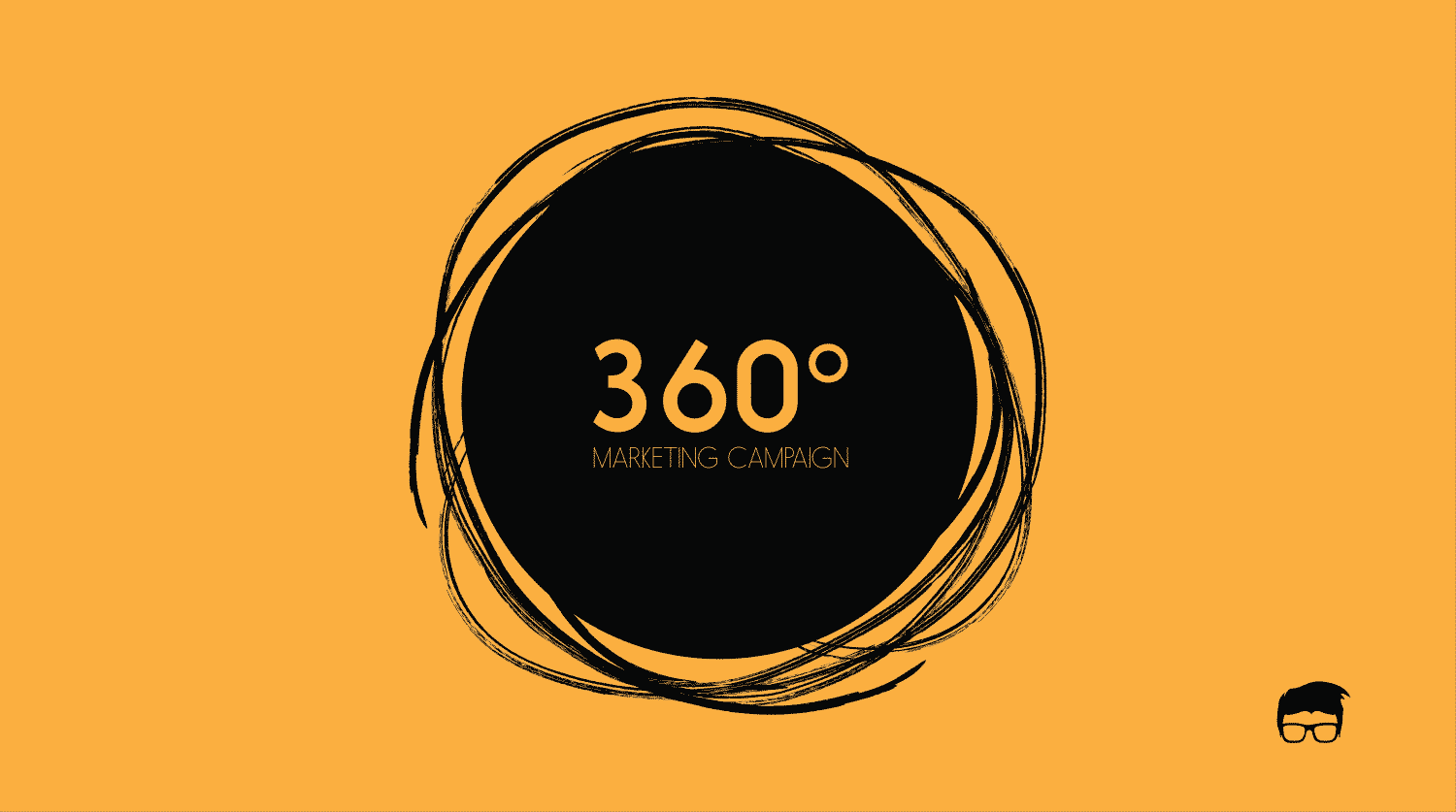While dealing with today’s knowledgeable customers, brands can no longer expect to grab attention with simple advertisements or billboards. They need something unique and out of the box to stand out from the crowd. This is where brand activation enters the picture. Brand activation helps the consumer relate to the brand in a better way and as a result the brand becomes a part of their lives.
It’s the two-sided interaction between the brand and the customer where the brand develops experiences to stand out in the customer’s eyes.
Traditionally brand activation was perceived as a marketing gimmick. However, it has become necessary for the companies who want to connect with their customers and elevate their brand in today’s times. In this tussle for attention, brands bend over backwards to engage and interact with their potential customers.
Recently, Oreo built an asteroid-proof vault in Norway to protect the cookies from a potential asteroid attack, while Carlsberg launched a billboard dispensing free beer for the consumers. With companies going to such lengths to uplift their brands, one might be curious about what brand activation is and why it is so important.
What Is Brand Activation?
Brand activation is an active and emotive type of marketing carried out in the form of a campaign, event, interaction, or experience with an aim to induce customer action and build a bi-directional relationship between the brand and the customer.
The term can be better understood by studying the following keywords:
- Active and emotive type of marketing: active marketing entails conscious participation by a company to promote its brand. It is when companies proactively reach out to consumers to connect with them and shape their brand image.
- Carried out in the form of a campaign, or event: brand activation is carried out through a specific event or campaign.
- To induce customer action: the purpose of brand activation is to essentially influence the consumer to act. ‘Action’ here means the company’s interaction with the consumer. Customers’ engagement and participation in brand activation events result in two-way communication.
- And build a bi-directional relationship between the brand and the customer: companies aim to build strong personal relationships with the target audience by engaging with them. Brand activation helps the consumer to understand the brand in a better way, and as a result, it builds trust and loyalty between the consumer and the brand.
In other words, brand activation is an event or a campaign that makes it possible for a company to communicate directly with consumers and uplift its brand. It can be seen as an attempt to make the brand known among its target market or to drive consumer action by giving them a glimpse of what the brand is all about.
But, the term is often confused with brand marketing and other branding strategies. The difference between the two is that brand activation refers to a particular campaign or event. It can be seen as a specific activity to upgrade or elevate the brand of a company. Whereas brand marketing refers to the ongoing process of promoting or managing the company’s brand.
Objectives Of Brand Activation
Whether a brand has just launched or has some presence, a brand activation campaign can ensure that the company and the brand stay relevant and in demand. It can effectively help a brand increase its user base, change its image for good, garner attention from the audience, and bring the brand to life. Some of the objectives of brand activation are:
- To increase visibility: Even if a brand is well established or has some presence, the company can organise brand activation campaigns to increase visibility and attract more customers. For example, the SC Johnson owned brand, Glade came up with a creative and fun sampling campaign to increase its visibility and attract customers. The company partnered with Walmart and transferred packing pillows into its product samples. The brand saw an 83% increase in sales on Walmart.com in the first week itself.
- To enhance awareness: Most consumers do not recognise new brands and their products. Such companies can reach out to their target audience and increase awareness through brand activation. For example, Laive, a local dairy brand from Peru, generated 63,800 shares, 22,100 comments and 800,000 likes on social media. The company hired Italian drivers and placed them at some of the best-known restaurants. These drivers followed the delivery man of the said restaurants and gave their customers a complimentary parmesan cheese to enjoy with their meals. Through this activation, the brand generated awareness and garnered a huge amount of attention.
- To build trust and relationship with the consumer: Another objective of brand activation is to build consumer’s trust in the brand and its offerings. Trust in a brand often leads to consumer loyalty, which leads to repeated purchases. The companies can even use this loyalty to increase sales by developing word-of-mouth and referral marketing campaigns.
- To reinforce proposition: Brand activation enhances and reinforces the brand’s value proposition. Through brand activation, companies remind the consumers of their mission and vision. For instance, Nike, the American multinational corporation, organised a brand activation campaign wherein the company designed and distributed a doll-ball (a doll shaped like a ball) to inspire its audience, especially girls, to pursue sports. Through this campaign, the company interacted with its audience and reinforced its mission statement, that is, ‘Just Do It’.
- To drive consumer engagement: Brand activation helps in creating a link or a bridge between the customer and brand, resulting in consumer engagement. Customer engagement refers to a customer’s willingness to actively participate and communicate with the brand. Consumer engagement and interaction is one of the most important objectives of a brand activation campaign. This kind of engagement can be distinctively seen when companies carry out activation through experiential marketing.
Types Of Brand Activation
The process of brand activation entails designing a specific event or campaign to achieve the desired result based on a predetermined goal. The campaign usually involves various touchpoints with the consumer. This means that, in comparison to other marketing strategies, the company will probably have to invest more time in research, planning, and execution.
Yet, like other marketing strategies, there are a lot of options at the company’s disposal.
Some of the most effective brand activation strategies are:
Experiential Marketing
Experiential marketing, also known as engagement marketing, is a crucial part of brand activation strategies. As the name suggests, this method entails creating an immersive environment where the consumers can experience the brand’s products (or services) first-hand.
For instance, to promote a cosmetic brand, the concerned company could organise a campaign wherein the consumers could get makeovers from stylists hired by the company. This campaign would help the consumers physically interact and engage with the brand while simultaneously providing a fun experience to the target audience.
Experiential marketing builds trust as the consumers get to personally connect with the brand. It also helps to bring the brand to life for the target audience.
This can be understood with the help of an example:
T-Mobile
A few years ago, T-mobile, a telecommunication company, hosted a very creative and interactive experiential marketing campaign. The company designed a set-up, allowing the general public to play a real-life version of Angry Birds using their smartphones.
In-store Brand Activation
Another method of activating and uplifting a brand is through in-store brand activation. This strategy is more widespread among retailers and B2C brands than B2B brands. The firms host live events, provide refreshments, or use experiential technology to enhance customers’ experience rather than simply demonstrating the products.
In-store brand activation can help the customers connect with the brand and sometimes experience a newfound appreciation for the said brand. There are many popular examples where brands have come up with innovative strategies to interact with the customers in-store:
Jameson
This Irish whiskey brand offered a great in-store experience to the customers with the help of technology. Instead of using old-school marketing strategies and flooding consumers with advertisements on banners and posters, the brand grabbed consumers’ attention by offering a unique experience.
John Lewis
The British brand implemented in-store brand activation in 42 stores across the country. The strategy included designing ‘Monty’s den’ along with stuffed toys, clothing and an app version of the storybook. The live experience truly brought the brand to life for in-store shoppers.
Sampling Campaigns
Sampling campaigns are one of the most tried and tested strategies of brand activation. Such campaigns are simple yet effective and fun. The idea here is to lure the consumers by letting them try some products or services for free so that they can enjoy and connect with the brand.
For example, the company could organise a contest wherein the winners would receive the company’s products or services for free or simply organise a ‘giveaway’ campaign to give the consumers a chance to try the products for free.
The challenging part of such campaigns is to choose the correct environment and properly execute the event. Without proper implementation, the customers might feel uncomfortable or unpleasant. Here are some interesting examples of sampling campaigns:
IKEA sleepover
After more than 100,000 people joined a Facebook group called ‘I wanna have a sleepover in Ikea’, the company allowed 100 of them to spend the night in one of its warehouses. The winners were given refreshments, manicures, massages, they were shown films, and even had a story read to them by a celebrity.
GoGo Squeez
This brand designed a unique ‘Goodness machine’, which was essentially a bigger version of their squeezable applesauce pouches. It was specially designed keeping their target audience in mind (the children). On the push of a button, applesauce pouches were produced from the top of the machine. The campaign was pleasant, playful and helped the brand connect with its target audience.

Digital Campaigns
The importance of social media and digital campaigns cannot be overstated in the 20th century. With the advent of the internet, most people are active on social media platforms, which could be an opportunity for the company to engage with its target audience. Generally, the marketing team keeps running digital campaigns for the ongoing brand marketing process. However, with the brand activation process, the campaigns are more specific, larger and focused on the target audience.
The digital campaigns are more budget-friendly and easy to execute when compared with other brand activation campaigns. But, more creativity, innovation, and research are required to grab consumers’ attention and effectively uplift the brand.
Some examples are:
Apple
The tech titan launched a campaign called ‘One night on iPhone 7’. Under this campaign, the company invited photographers from all around the globe to click pictures using their new iPhone 7 so as to highlight the device’s new low-light camera. These pictures were then shared on social media for the world to see and appreciate the iPhone and its features. Although social media complemented the larger brand activation campaign, it played a big role in spreading awareness about the brand and its products.

How Do Brands Develop Brand Activation Campaigns?
Organising and executing a brand activation event can be tedious and overwhelming for companies. The research and creativity required here are much more than what is necessary for other marketing strategies. And that is why brands need to plan each touchpoint with the consumer carefully. Following are the five steps that most companies go through while organising a brand activation campaign:
Research And Analysis
The first step entails analysing and reviewing the company’s current position. The executives should be aware of the company’s strengths, weaknesses, what the company stands for, current engagement rate, etc. This can be done through an extensive SWOT analysis of the company. Furthermore, the company should develop a customer persona. That is, the company should recognise key characteristics such as interests, demographics, and traits of its target audience. For example, the target audience for a whiskey brand would be adults, but the consumers for a toy brand would be toddlers.
Detailed research and analysis help the company in developing an ideal brand activation campaign to meet its goals and requirements.
Developing A strategy
The second phase of organising a brand activation campaign encompasses building a strategy to spread the organisation’s message to its target audience. This step includes choosing the type of campaign the company wants to execute and also deciding where and how the campaign will be executed. The type of campaign depends on the company’s goal, target audience, and activation budget. For example, a company with a low budget could execute digital campaigns, while the one with a comparatively higher budget could go for experiential marketing or sampling campaigns.
Implementation
The next step for the companies is to execute and implement the strategy. The event should attract the target audience and involve them in the campaign in some way. For instance, to promote its gangster epic, Netflix transformed New York’s Little Italy into a city of 1975. The consumers were provided with free food, free haircuts, beard trims, and newspapers with news from 1975. The campaign effectively engaged users and tried to create a bi-directional relationship between the user and the brand.
Marketing And Promotion
After developing a strategy and executing the event, the next step for the brands is to promote and market the event so as to target the consumers who couldn’t attend or participate in the campaign. The company could implement various marketing strategies to enhance the brand image further and engage a larger audience. The marketing strategies could encourage consumers to create user-generated content or involve employees as a marketing channel.
The example of the American company called North Face can be studied to understand the importance of marketing. The company hosted a brand activation campaign to promote its new jackets by constructing a pop-up store in South Korea and allowing the customers to play a real-life arcade game. But the company didn’t stop there. It further made a video of the event to engage with the customers who didn’t get a chance to participate in the campaign. The video got over 3 million views in a very short span of time.
Evaluation
The last step in implementing a brand activation campaign or event is to evaluate the effectiveness of the respective brand activation program. The campaigns result in both qualitative and quantitative outcomes. Certain principles brands consider while evaluating brand stimulation events are return on investment (long-term and short-term returns), uniqueness of brand’s value proposition, customer reach, and customer engagement. Some other questions which the companies need to answer while evaluating are:
- Whether the strategy was relevant to the brand’s overall mission?
- Is it easy to modify the strategy as and when required?
- Is the strategy integrated with the marketing channels of the company?
The evaluation helps the company ascertain whether the brand reached its predetermined goal or not. It also helps the company improve its future activation events and interact with its audience better. But, the challenge with evaluation is that there is no effective means of accurately measuring the impact of brand activation events. That is why brands tend to measure the impact with the help of the number of sales units or the number of likes in the case of an online event.
Go On, Tell Us What You Think!
Did we miss something? Come on! Tell us what you think about our article on brand activation in the comments section.
An enthusiastic human being with determination and zeal to explore new ventures. Tanya is an entrepreneurial spirit searching for changes and learning to exploit them as opportunities and impacting people for good.
